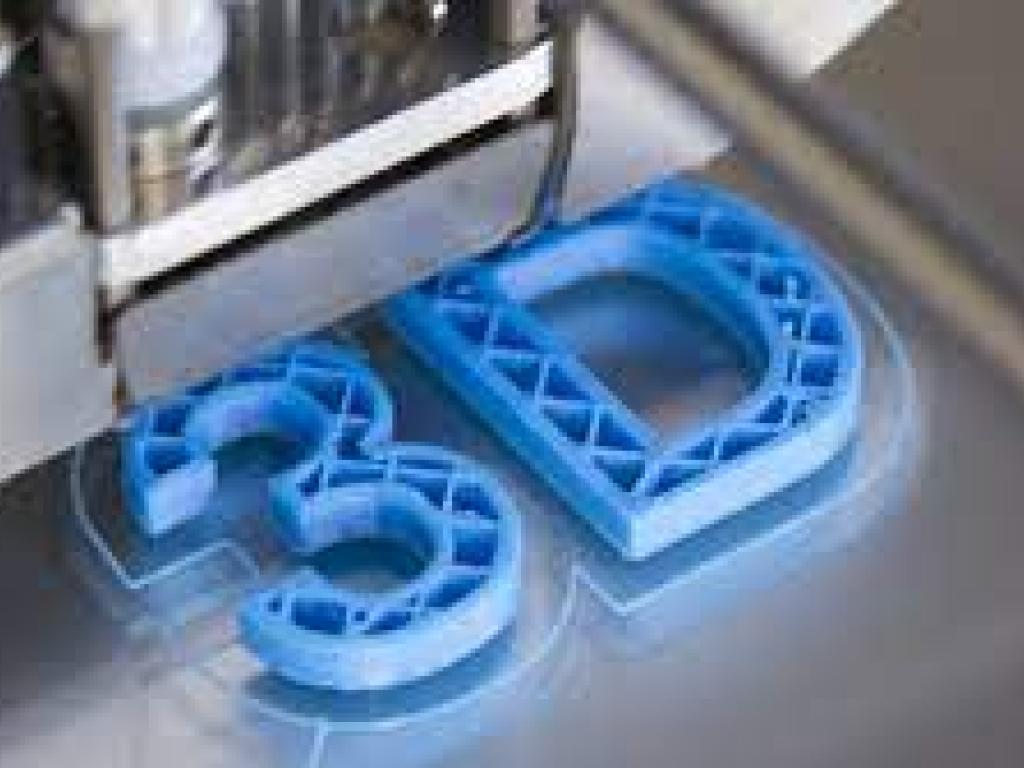Section 15(3A) of Copyright Act – a technology agnostic provision that could be supportive of development through large scale 3D house printing projects in South Africa

By Thabiso Phiri
The year 2022 has witnessed progressive government steps towards employing 3D technology to address the shortage of housing in South Africa through The Department of Science And Innovation’s 3D house printing project.
The computer-aided design (CAD) of a 3D-printed product on which the additive manufacturing process relies can be protected by South African copyright law as artistic works. If the 3D-printed product, including sculptures, drawings and buildings, are reproduced without the copyright holder’s permission, s 23 of the Copyright Act No 98 of 1978 (the Act) allows the copyright holder to sue for damages, for an interdict or for royalties.
In the case of 3D printed houses, architects would presumably have been paid for the plans and the holder of copyright in the plans (the commissioner) then builds the houses. From s 15(3A)(a)(ii) of the Act, it can be argued that the copyright holder in the architectural plans cannot claim copyright infringement after the house is built and a third party copies the structure design to make a CAD and then print the 3D house. The section provides as follows,
‘The copyright in an artistic work of which three-dimensional reproductions were made available whether inside or outside the Republic, to the public by or with the consent of the copyright owner (hereinafter referred to as authorized reproductions), shall not be infringed if any person without the consent of the owner makes available to the public three-dimensional reproductions or adaptations of the authorised reproductions, provided that the authorized reproductions primarily have a utilitarian purpose and are made by an industrial process.’
Housing is utilitarian because it is a basic human need (s 26(1) of the Constitution of South Africa). Additionally, if 3D printing is employed on a large scale to address the shortage of housing, the s 15(3A) requirements may be met. License negotiation or paying royalties to use a CAD for a 3D house printing project are eradicated.
Framed in technology-agnostic terms, s 15(3A)(a)(ii) could be an enabler for large scale housing provision, without urgently realigning the Act to address the changes ushered by the fourth industrial revolution, including 3D house printing. However, use of the technology to facilitate large scale infrastructure still requires further research.
Since South African courts are yet to deliberate on a claim for copyright infringement where s 15(3A)(a)(ii) is raised as a defence, there is ‘need to tread with caution to avoid infringing on the copyrights’ in the CAD of a 3D-printed house. Additionally, the moral rights of the architects remain enforceable by virtue of s 20(1) of the Copyright Act. The source of the CAD must be attributed. The integrity of the architect must be upheld when the CAD of a 3D printed house is reproduced or adapted.
Image sourced from the University of Johannesburg’s Department of Civil Engineering Technology website